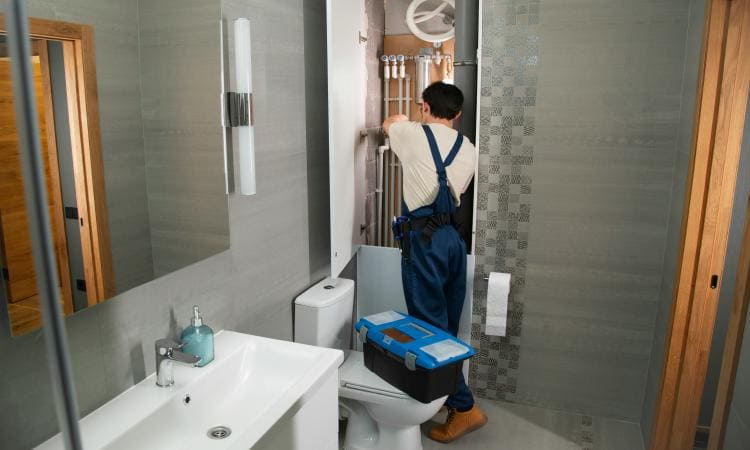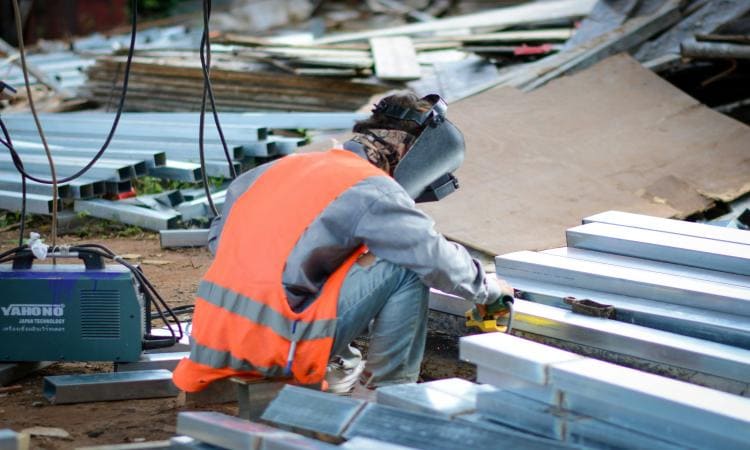Plastic sheets are now a common feature on most construction sites. Builders, architects, and homeowners use them daily because they’re reliable, versatile, and easy to work with. Whether used for roofing, wall cladding, or partitions, these materials simplify projects while maintaining strength and visual appeal.
They’ve become essential in modern building design, offering a balance of practicality and performance that other materials struggle to match. Keep reading to explore the real advantages of using plastic sheets in everyday construction.
Strength And Durability That Last
One of the biggest advantages of plastic sheets is their remarkable durability. They resist impact, weather, and corrosion, which means they can handle heavy use without cracking or fading. Unlike glass or metal, they don’t rust or shatter, making them safer and longer lasting for both indoor and outdoor projects.
When you use a polycarbonate roofing sheet, you get excellent protection and transparency without the weight of traditional glass. Its high impact resistance also ensures safety against wind or debris. This reliability makes plastic sheets a trusted choice for construction professionals seeking materials that perform well under pressure.
Lightweight Design Simplifies Construction
Another clear benefit is how lightweight plastic sheets are. You don’t need special machinery to install them, which helps save time and reduce labour costs. Because they’re easier to transport and handle, workers can fit and secure them quickly, keeping projects on schedule and within budget.
Plastic sheets can also be cut, shaped, and drilled on-site to match specific design requirements. This flexibility lets you adapt them to different surfaces, layouts, or angles. Whether you’re fitting skylights, lining walls, or adding protective barriers, plastic materials make construction faster and more efficient.
Cost-Effective And Low Maintenance
Affordability is another major reason why plastic sheets are widely used in construction. They’re less expensive than glass or metal alternatives yet offer comparable strength and durability. Once installed, they need very little maintenance since they don’t rot, rust, or absorb moisture. This helps reduce repair costs and keeps projects economical in the long run.
Some types of plastic sheets also improve energy efficiency. Clear acrylic or polycarbonate panels allow natural light into buildings, reducing the need for artificial lighting during the day. This not only lowers energy bills but also supports more sustainable building practices.
Versatile Uses Across Building Projects
Plastic sheets suit a wide range of construction needs. They’re commonly used for roofing, wall cladding, partitions, signage, and insulation panels. In areas with high moisture, such as kitchens or bathrooms, PVC sheets provide an ideal waterproof surface. Meanwhile, acrylic sheets offer a sleek, polished appearance that enhances interior designs.
Because plastic sheets come in different sizes, colours, and thicknesses, you can tailor them to almost any application. From large-scale commercial buildings to smaller home renovations, their versatility ensures a perfect fit for nearly every project.
Supporting Sustainable Construction
Modern plastic sheets are also becoming more environmentally responsible. Many are recyclable or produced from recycled materials, reducing waste and promoting sustainability.
Manufacturers are increasingly committed to lowering their carbon footprint by refining production processes and supporting recycling initiatives. By choosing these options, you’re helping create a cleaner and more efficient construction environment.
Building Better With Smart Materials
Using plastic sheets in everyday construction brings clear benefits that go beyond cost savings. They’re strong, lightweight, adaptable, and built to last, offering practical solutions for both professional builders and DIY users.
With ongoing advances in material technology, their role in modern construction continues to grow, paving the way for smarter, safer, and more sustainable building methods. By incorporating these materials into your next project, you’ll gain durability, flexibility, and efficiency all in one smart, dependable choice.


